Exploring Escalante
No matter how extraordinary the scenery, sooner or later one must take a break from hiking.
Susan and I visited Kodachrome Basin State Park on Saturday. The park boasts magnificent, majestic scenery and wonderful hiking. However, it’s June and by mid-day it was getting rather hot. We decided to take a ride along Utah’s Scenic Highway 12.
Ordinarily scenic drives do not excite me. I’d rather be out in the scenery than driving past it. I make an exception for this road, however. It’s extraordinary.
About 2 PM we came to the town of Escalante. Wanting a cup of joe, I parked the car and went on a search mission. The first stop was the Escalante Mercantile, a really nice natural foods store owned by a wonderful woman named Marcie Hoffman. If you need real food and you are in the area this is the place to stop. Marcie directed us to another store a short distance up the street, Escalante Outfitters. She also gave us some other information she thought we could use in order to enjoy her adopted town a little more.
Escalante had wildflower gardens along the sidewalks, in people’s yards, everywhere. Very nice.
So we get to Escalante Outfitters. The have a fly fishing guide there. The sell clothing. They sell jewelry. They sell books. They sell outdoor equipment. They have a topographic map case which is indexed. They play great music. There is a restaurant. I get my coffee, which (at 2:30 in the afternoon) is fresh and tastes heavenly, a really good cup. Susan and I check out the dinner menu and immediately decide to eat dinner there, even though dinnertime is three hours away.
Up the road a mile I had spotted an art gallery. Susan teaches art and will always be interested so we go there. It’s the gallery of David and Brigitte Delthony. He make art that doubles as furniture- spectacular, unique, for those with discriminatting tastes. He has won a plethora of awards and one look is all it takes to see why.
Brigitte is a potter. Her hands are covered in mud when we arrive. She graciously spends 40 minutes talking with us about her work, how she builds it, how she fires and finishes it. Every piece is absolutely exquisite. Like her husband she has won many awards. It was an awesome stop, well worth our time.
We tear ourselves away and visit another gallery. When you travel and visit a gallery cold, you never know what to expect. Escalante Gallery has outstanding photography, handmade jewelry, pottery, and other very nice gift items. We spoke at length with the owner and photographer, Tracy Hassett. His work makes mine look like chopped liver. He gave us lots of good information- more than we could use!- that he publishes in the form of maps, available on their website.
I tell him I want to go to Bryce and photograph the full moon rising.He suggests I get up in the morning and photograph it setting. He tells me where to park the car in order to get the shot. I follow his instructions, and get the shot below. Stopping at Escalente Galleries was a much more than worthwhile stop.
Escalante sits in the north side of the Grand Staircase-Escalante National Monument, almost two million acres of wild, wild country. Bryce Canyon is gorgeous, but it’s a national park. It’s crowded. The national monument was the last place mapped in the lower 48 states. It’s vast, undeveloped, and very, very uncrowded. If you come out to southern Utah and you like solitude and adventure it’s the place you need to visit. The town of Escalante would make a very good base for that kind of adventure.
Nearly dinner time now, we make our way back to Escalante Outfitters and order chicken salad sandwiches. They are nearly heavenly, the first good food we’ve had since leaving Kansas City. Yeah, we had a wonderful time exploring Escalante.
Life is great and I love my work!
Life is short. Go adventuring!
John Kumiski
http://www.spottedtail.com
All content in this blog, including writing and photos, copyright John Kumiski 2013. All rights are reserved.
|

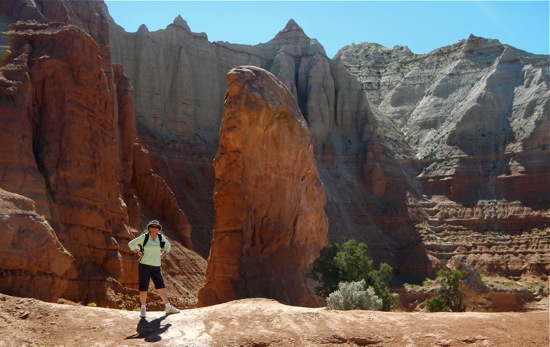

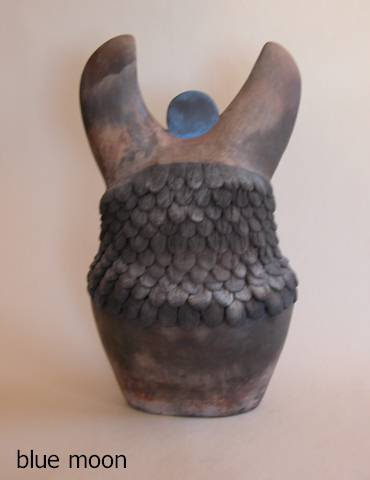



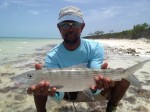
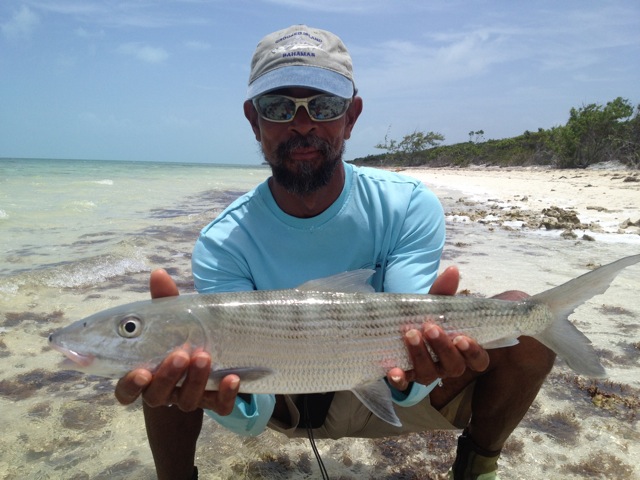

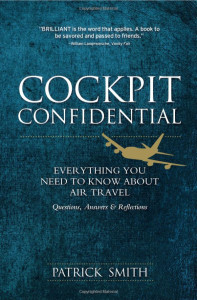

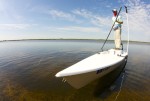
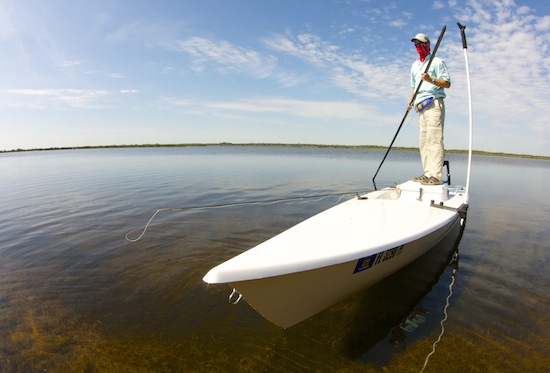
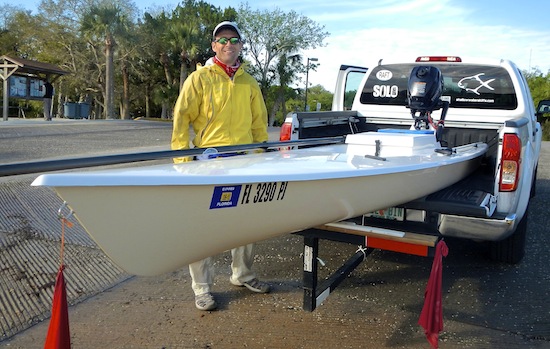
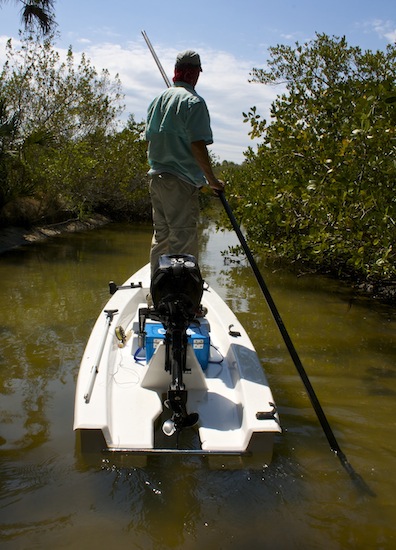
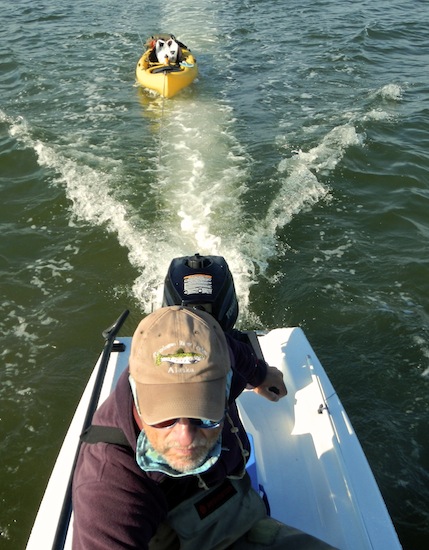
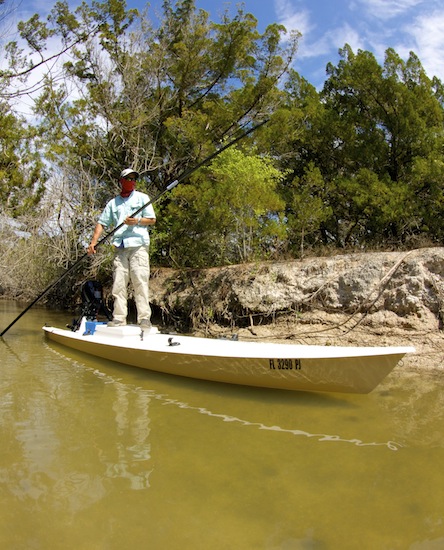



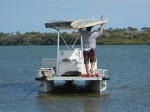
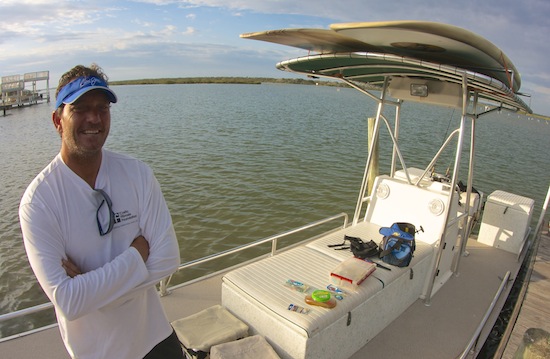
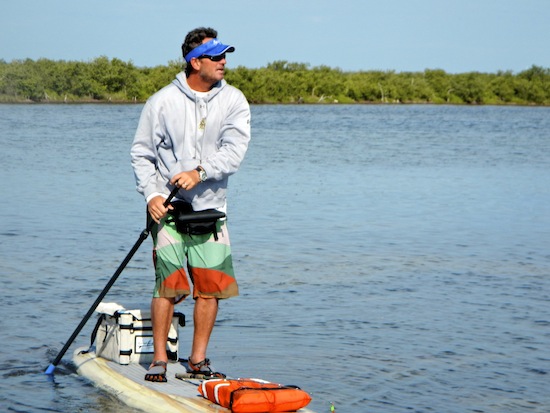
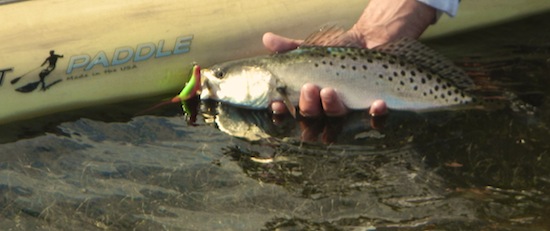
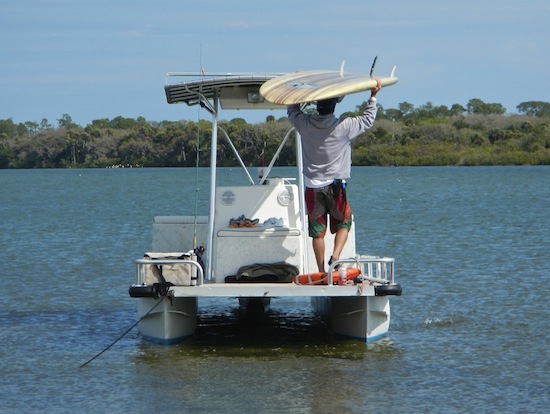
Recent Comments